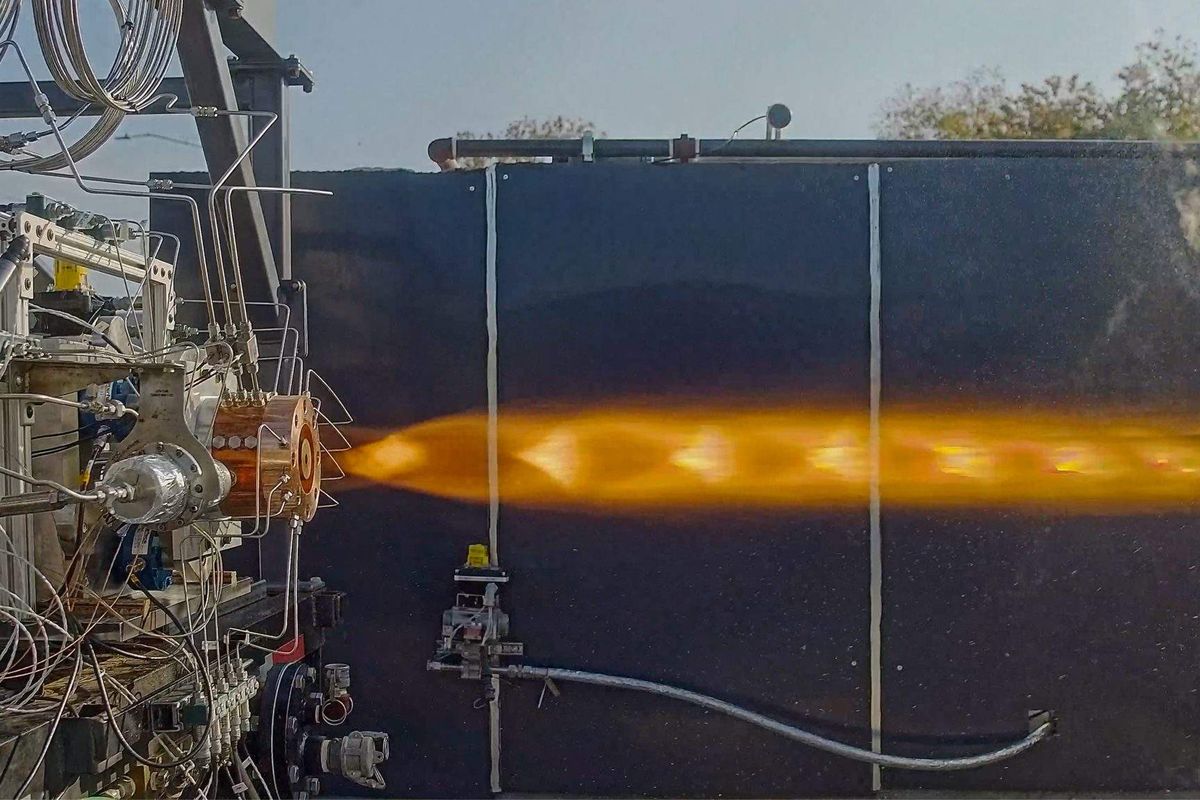Houston company's sustainable oil product reaches milestone production capacity 5 years early
overachieving
Houston-based biotech company Cemvita has achieved a key production goal five years ahead of schedule.
Thanks to technology advancements, Cemvita is now capable of generating 500 barrels per day of sustainable oil from carbon waste at its first commercial plant. As a result, Cemvita has quadrupled output at the Houston plant. The company had planned to reach this milestone in 2029.
Cemvita, founded in 2017, says this achievement paves the way for increased production capacity, improved operational efficiency, and an elevated advantage in the sustainable oil market.
“What’s so amazing about synthetic biology is that humans are just scratching the surface of what’s possible,” says Moji Karimi, co-founder and CEO of Cemvita. “Our focus on the first principles has allowed us to design and create new biotech more cheaply and faster than ever before.”
The production achievement follows Cemvita’s recent breakthrough in development of a solvent-free extraction bioprocess.
In 2023, United Airlines agreed to buy up to one billion gallons of sustainable aviation fuel from Cemvita’s first full-scale plant over the course of 20 years.
Cemvita’s investors include the UAV Sustainable Flight Fund, an investment arm of Chicago-based United; Oxy Low Carbon Ventures, an investment arm of Houston-based energy company Occidental Petroleum; and Japanese equipment and machinery manufacturer Mitsubishi Heavy Industries.
- Houston biotech company expands leadership as it commercializes sustainable products ›
- Exclusive: Houston hydrogen spinout names energy industry veteran as CEO ›
- Fast-growing startup with carbon-free solution sets up pilot plant in Houston ›
- Houston startup with sustainable biotech solutions lands new customer in United Airlines ›
- Houston biotech company expands as a network of startups with energy transition solutions ›





 2025 Houston Innovation Awards winners revealed at annual eventThe 2025 Houston Innovation Awards winners have been revealed. Courtesy photo
2025 Houston Innovation Awards winners revealed at annual eventThe 2025 Houston Innovation Awards winners have been revealed. Courtesy photo